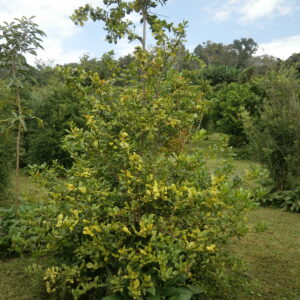
Related products
-
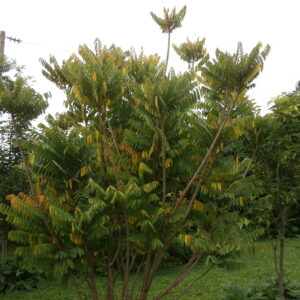
Cucumber tree
Fruit orchard ₡4,400.00 Add to cart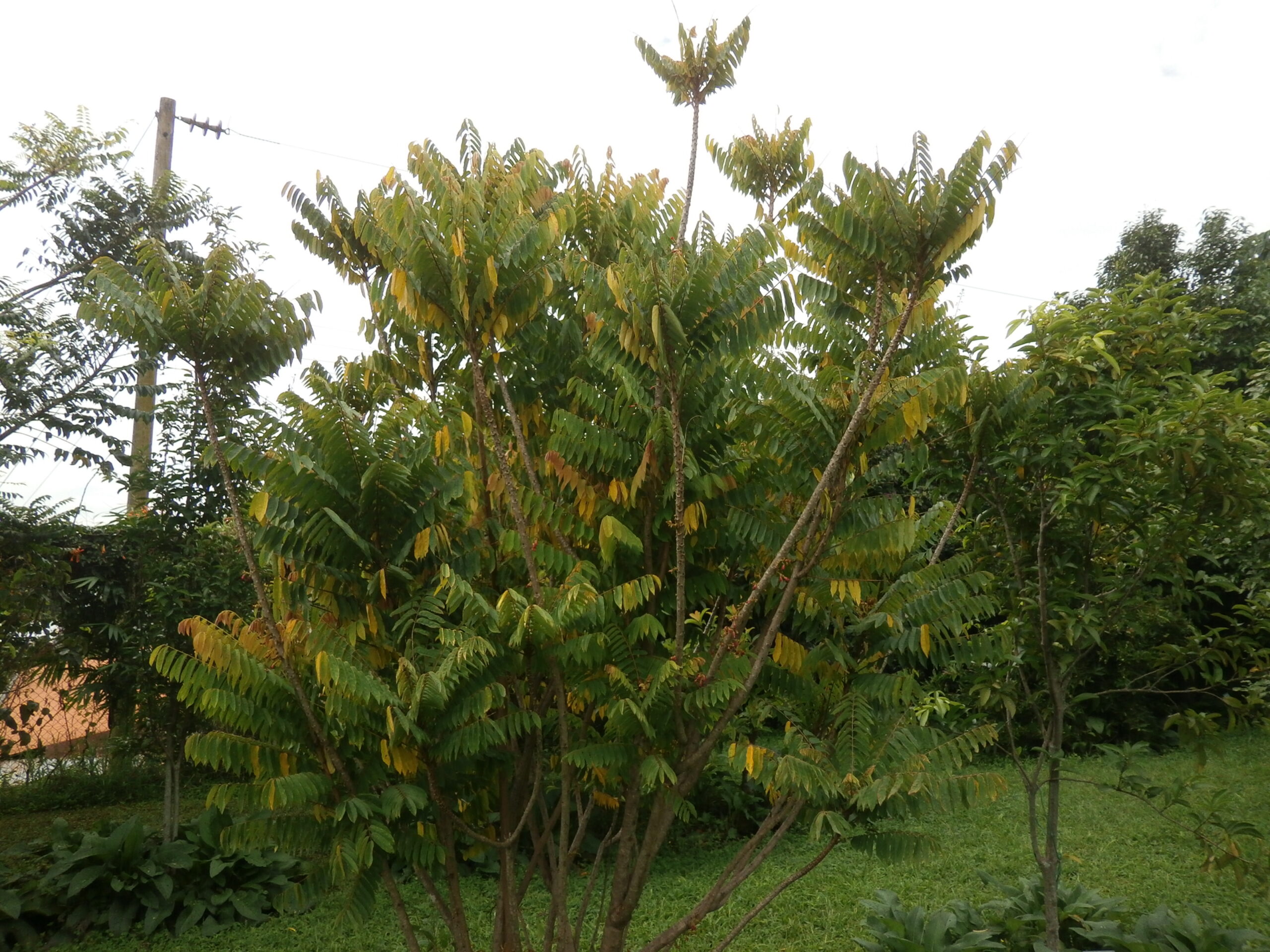
Cucumber tree
₡4,400.00
SKU: 1380 Category: Fruit orchardScientific name: Averrhoa bilimbi
Family: Oxalidaceae
Origin: Malesia
Medicinal use: It is a tree that produces fruits of the genus Averrhoa, family Oxalidaceae. In the Philippines, where it is commonly found in home gardens, the fruits are eaten raw or flavored with rock salt. It can be prepared as a curry or added as an acidic agent in the Filipino dish called sinigang. Additionally, the fruit can be preserved as a pickle, which reduces its acidity. Sometimes its flowers are preserved in sugar.
28 in stock
-
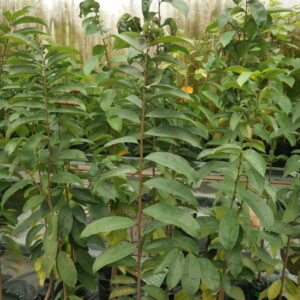
Soursop
Fruit orchard ₡3,750.00 Add to cart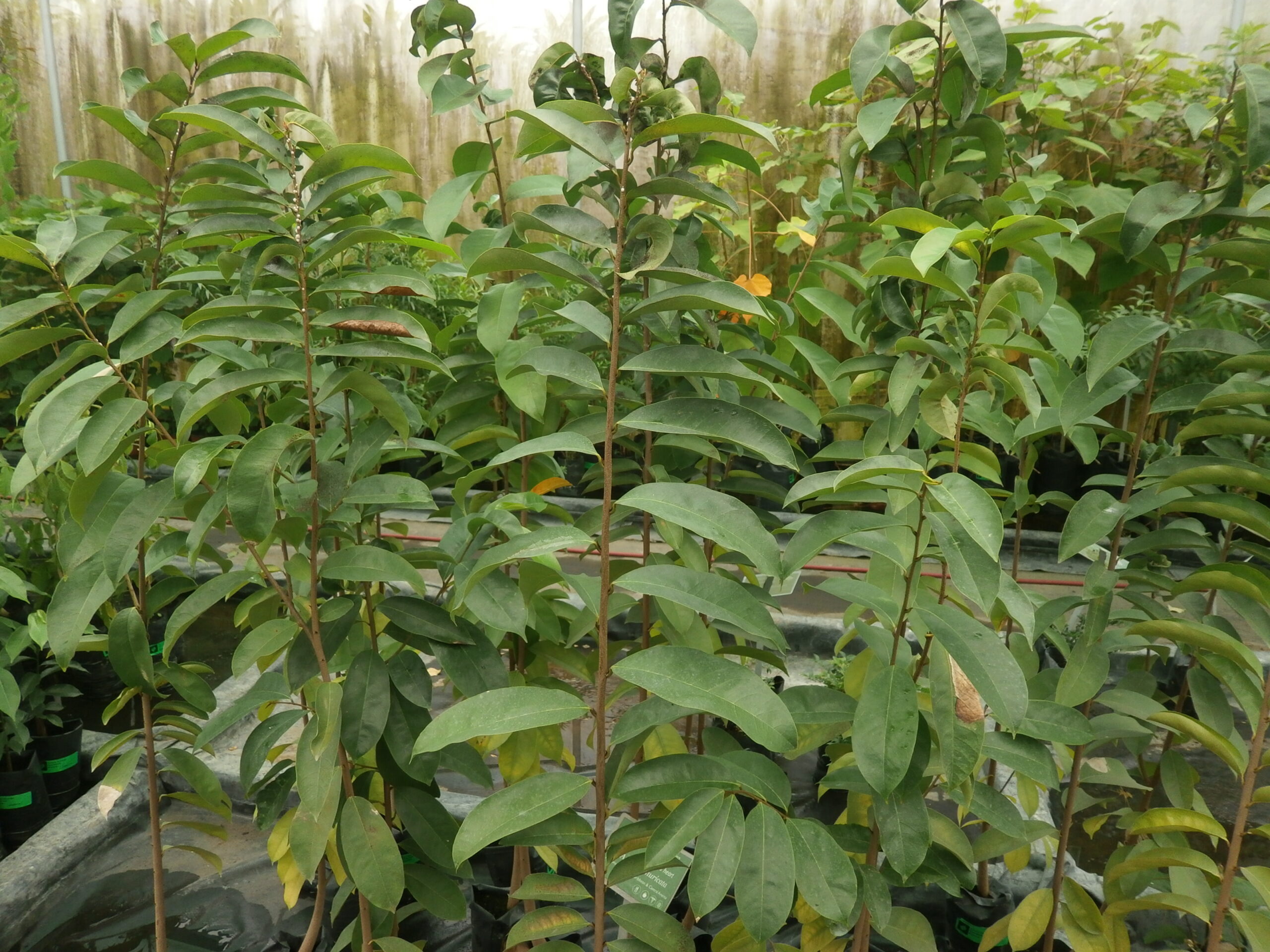
Soursop
₡3,750.00
SKU: 0900 Category: Fruit orchardScientific name: Annona muricata
Family: Annonaceae
Origin: Mexico and Tropical America
Medicinal use: Annona muricata, the soursop name of Taino origin, is cultivated for its edible fruits in many countries with a tropical climate. Both the fruit and the leaves of A. muricata are attributed medicinal properties. The most widespread is that it cures cancer but does not specify what type of cancerous tumor. The fruit has a delicious sweet and sour taste, ideal to consume in juices and smoothies; but also the leaves of the graviola have medicinal properties.
13 in stock
-
Out of Stock
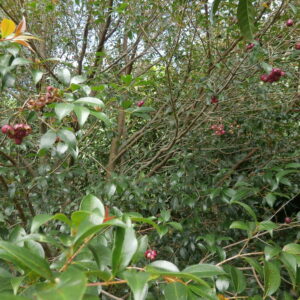
Lilli pilli
Fruit orchard ₡2,550.00 Read more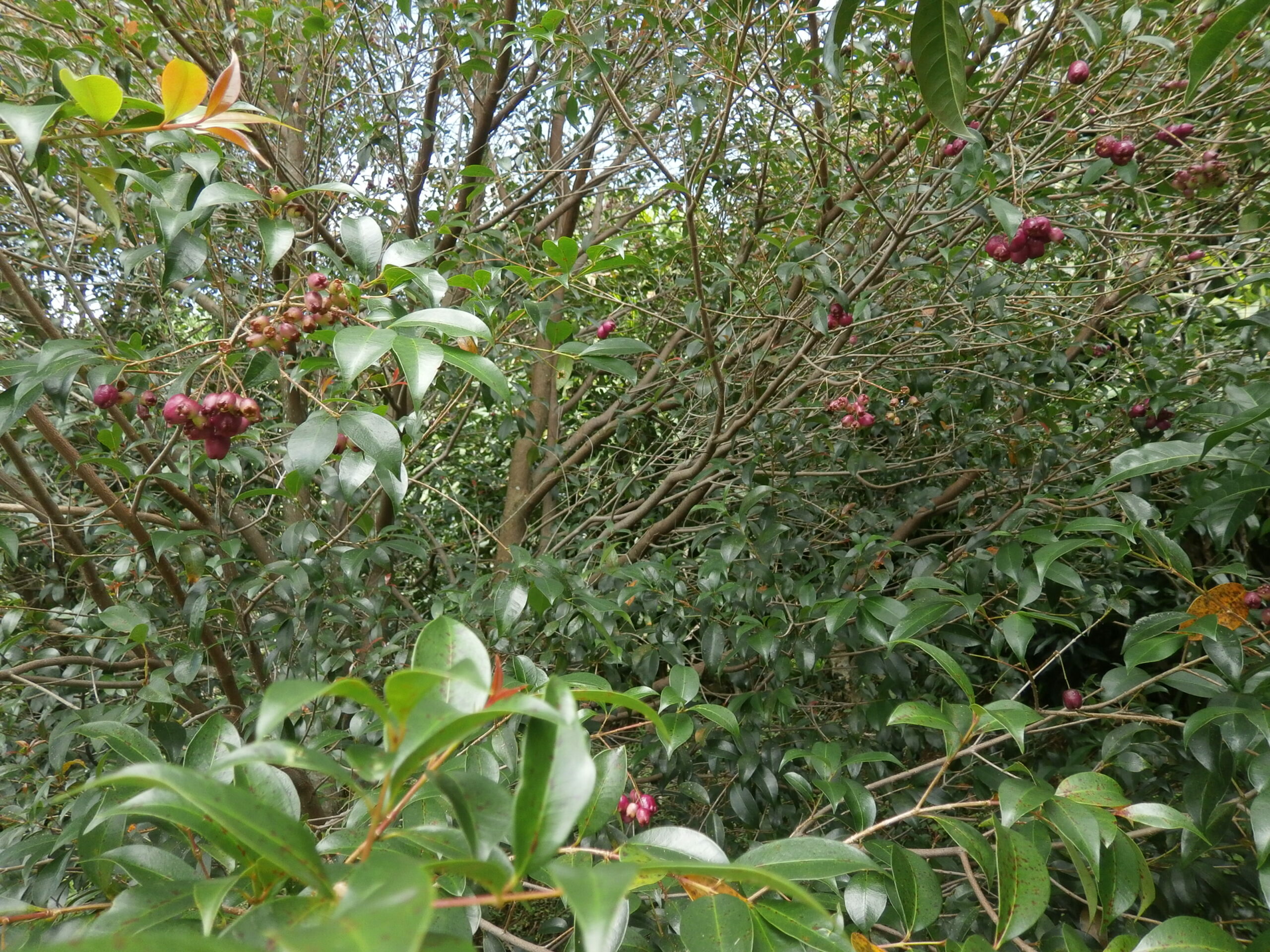
Lilli pilli
₡2,550.00
SKU: 1305 Category: Fruit orchardScientific name: Syzygium luehmannii
Family: Myrtaceae
Origin: New Guinea and Australia
Medicinal use: Syzygium luehmannii, also known as riberry, small-leaved pilly lilly, satinash cherry, alder cherry. The tree can reach up to 30 meters in height in the forest, the berry has an acid taste similar to that of the blueberry, which has a hint of cloves. The fruit is commonly used to make a distinctive jam, and is also used in sauces, syrups, and jams.
Out of stock
-
Out of Stock
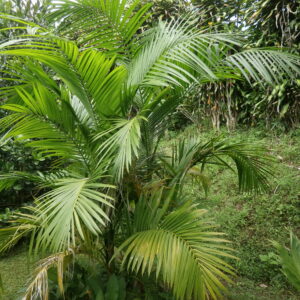
Palm, Acai
Fruit orchard ₡6,300.00 Read more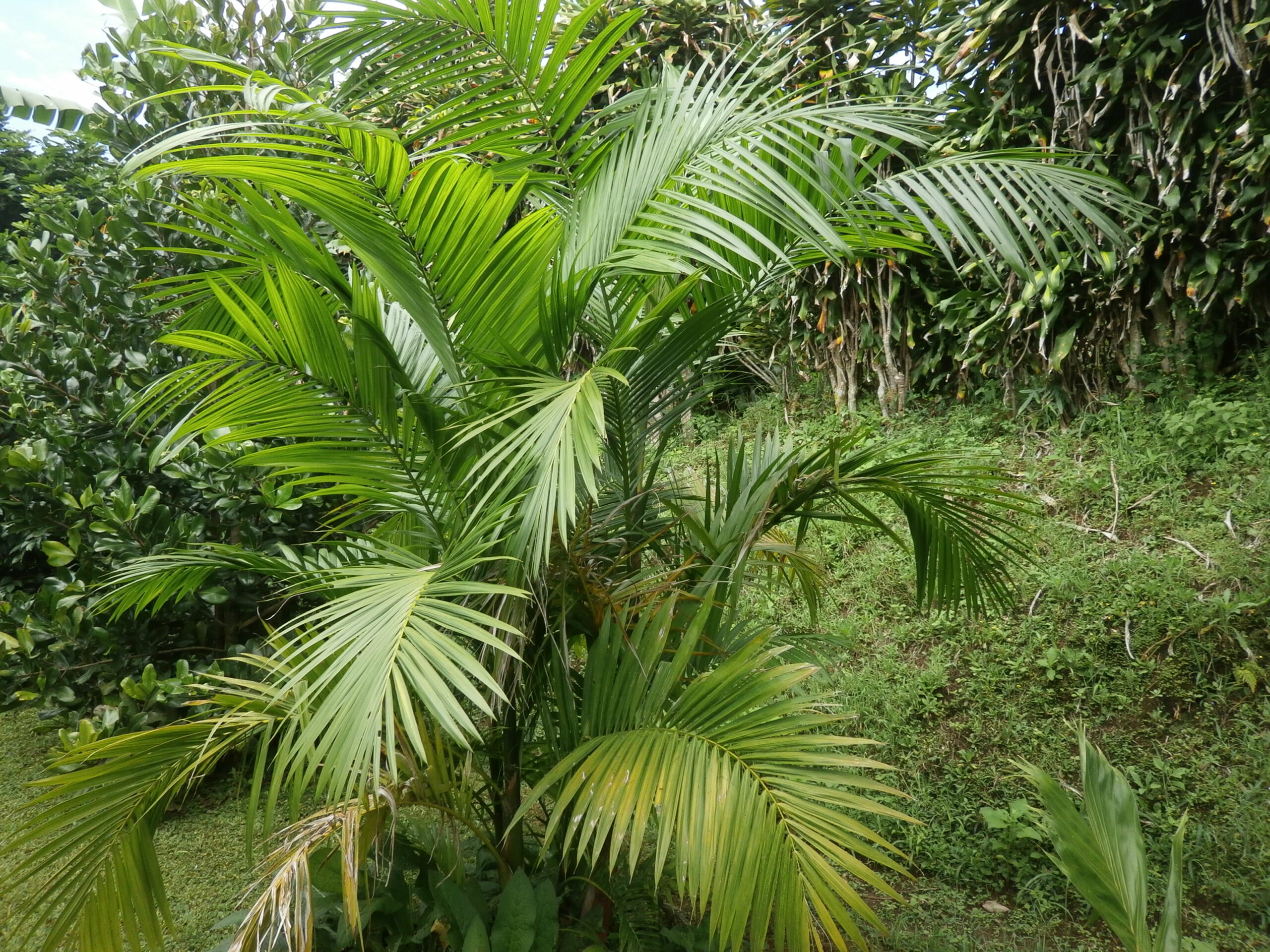
Palm, Acai
₡6,300.00
SKU: 1520 Category: Fruit orchardScientific name: Euterpe oleracea
Family: Arecaceae
Origin: S America
Medicinal use: The date palm appreciated for the nutritional properties of its fruit. Its consumption dates from pre-Columbian times and it is a very important food in the Amazonian diet. The fruit of this palm tree is edible and is consumed in the form of drinks, sweets, and ice cream. For every 100 g, the pulp of the fruit contains 8.1 g of protein; 52.2 g of carbohydrates (including 44.2 g of fiber).
Out of stock

